Trademark Basics Part 1: Selecting A Trademark
Today is the first edition in a multi-part post on the basics of the trademark selection and application process. You may also be interested in Part 2 "Selection to Application," Part 3 "Intent to Use," and Part 4 "Post Registration."
What is a trademark or service mark?
A trademark is a word, phrase, symbol or design, or a combination of words, phrases, symbols or designs, that identifies and distinguishes the source of the goods of one party from those of others. A service mark is the same as a trademark, except that it identifies and distinguishes the source of a service rather than a product. Throughout this post, the terms "trademark" and "mark" refer to both trademarks and service marks.
What is the difference between a trademark and a copyright?
A trademark is a word, phrase, symbol or design, or a combination of words, phrases, symbols or designs, that identifies and distinguishes the source of the goods of one party from those of others. Examples of well-known trademarks include NIKE, CHANEL and ZYRTEC.
A copyright is an original work of authorship fixed in a tangible medium of expression; such as a song, book, or sound recording.
What should I consider in selecting a trademark?
Trademarks are subject to varying degrees of protection. The stronger the mark, the greater protection it will receive.
Resist the temptation to select a mark that describes the goods or services. It is difficult, if not impossible, to protect a mark that is descriptive. The trademark examiner, when reviewing your trademark application, will categorize a mark in one of four general categories:
generic
descriptive
suggestive
arbitrary and fanciful
On a scale of 1 to 5, a generic mark is a 1 and an arbitrary mark is a 5. A mark that is a 4 or 5 on the scale has the greatest level of protection and is either suggestive of the goods or service offered or has no connection to the goods, i.e., arbitrary. A mark that is a 1 on the scale has no trademark protection. A mark that is a 2 on the scale, has limited protection. A mark that is a 3 on the scale is usually a suggestive mark and is protected.
Here is an example to consider in selecting a mark:
If you decided to create a magazine about mountain climbing you might select names such as the "Mt. Climbing Magazine," the "Climber's Journal," "Reaching Peaks," or even something arbitrary such as "Orion." "Mt. Climbing Magazine" is generic. "Climber's Journal," "Reaching Peaks," and "Orion," will fall somewhere between descriptive, suggestive, and arbitrary.
Take the time to analyze your market and the goods/services you plan to offer. Remember the strongest marks have little or no connection to the underlying product that is being sold.
The U.S. Trademark Office website is very helpful as to the procedure for filing an application and can be found here.
Contact Texas trademark lawyer Tamera Bennett to start the process.


